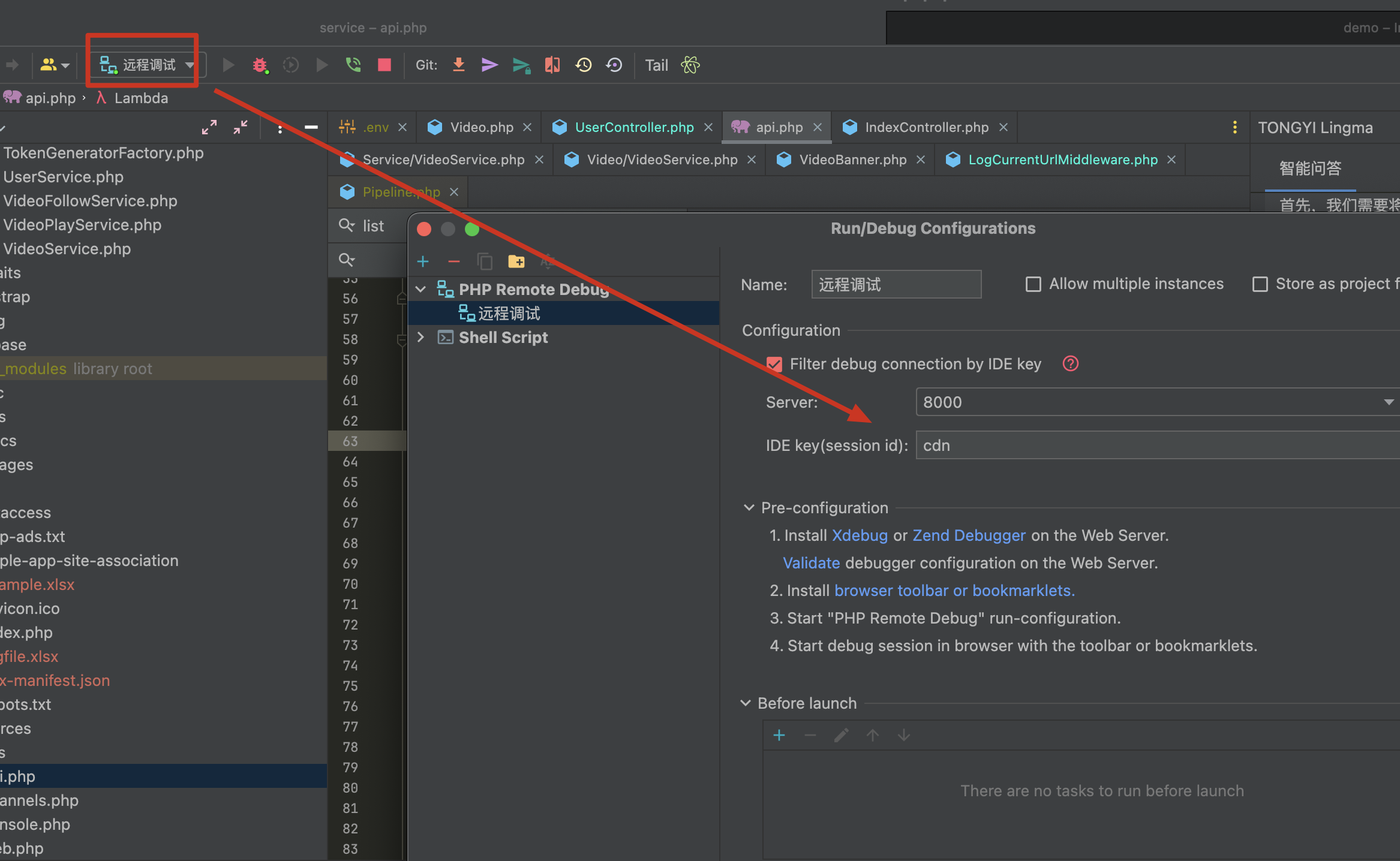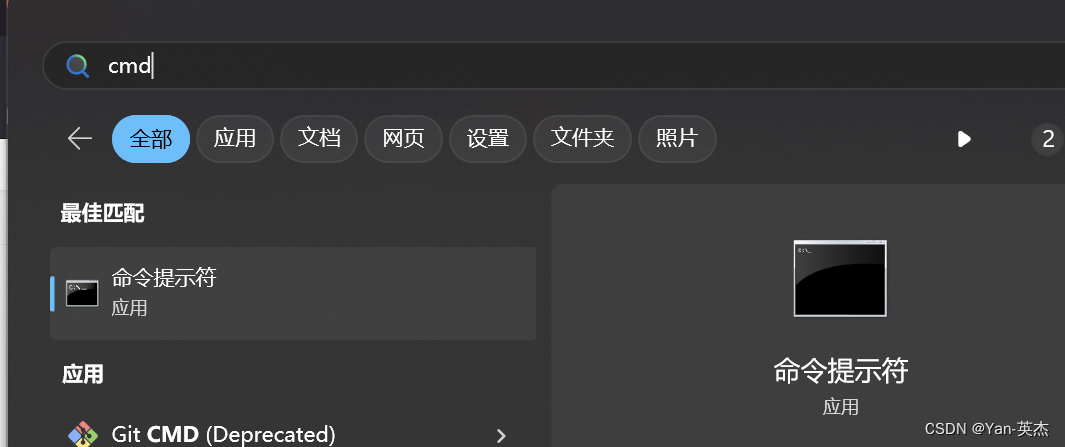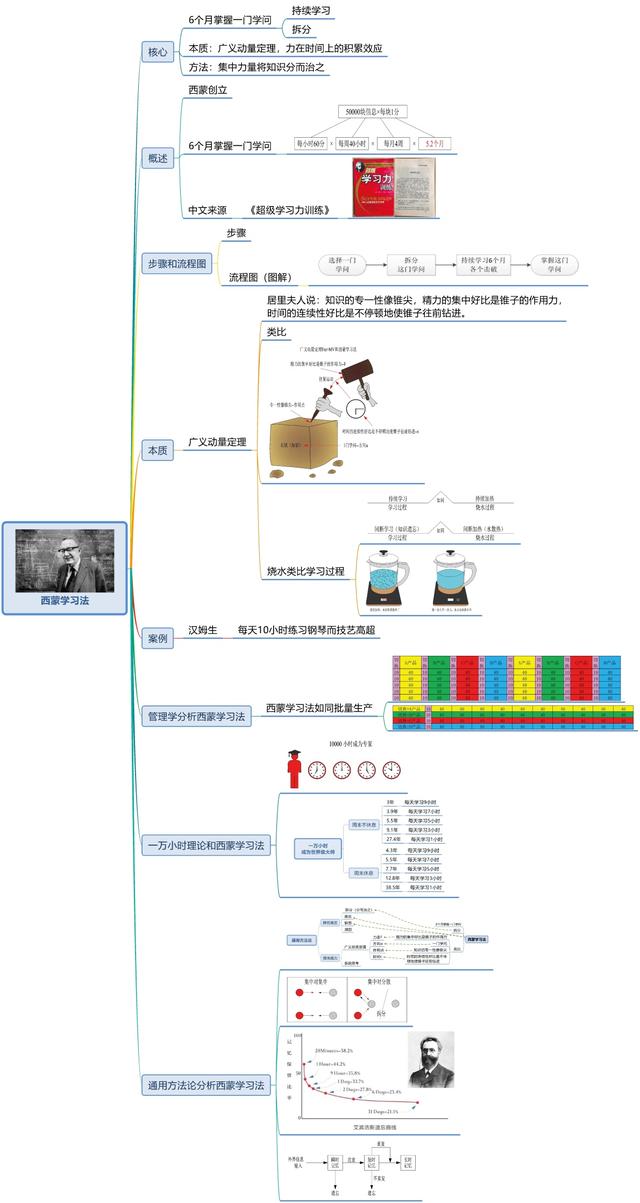目录
- PyTorch Computer Vision
- 0 PyTorch 中 Computer vision 的库
- 1 获得一个数据集
- 1.1 查看数据的输入和输出形状
- 1.2 可视化数据
- 2 准备 DataLoader
- 3 Model 0: 创建一个 baseline model
- 3.1 设置损失函数、优化器和评估指标
- 3.2 创建一个函数来给我们的实验计时
- 3.3 在批量数据集上创建训练和测试循环
- 4 预测获得model 0 的结果
PyTorch Computer Vision
0 PyTorch 中 Computer vision 的库
torchvision:PyTorch Computer Vision基本库torchvision.datasets:获取数据和数据加载函数torchvision.models:获得预训练模型,可以利用它来解决自己的问题torchvision.transforms:操作视觉数据(图片)使得它能够很好的适用于机器学习模型torch.utils.data.Datasets:PyTorch的基本数据集类torch.utils.data.DataLoader:从数据集上创建一个python可迭代的对象
# 导入 PyTorch 包
import torch
import torch.nn as nn
import torch.optim as optim
from torch.utils.data import DataLoader# 导入 torchvision 包
import torchvision
from torchvision import datasets
from torchvision import transforms
from torchvision.transforms import ToTensor# 导入可视化包
import matplotlib.pyplot as plt# 查看包的版本
print(torch.__version__)
print(torchvision.__version__)
2.3.1+cu118
0.18.1+cpu
1 获得一个数据集
我们这里使用的数据集是 FashionMNIST
# 创建训练数据
train_data = datasets.FashionMNIST(root='data', # 存放数据的路径train=True, # 我们需要的是训练数据集download=True, # 是否需要下载数据transform=transforms.ToTensor(), # 我们需要如何转换数据target_transform=None #我们需要如何转换标签)# 创建测试数据
test_data = datasets.FashionMNIST(root='data',train=False,download=True,transform=transforms.ToTensor(),target_transform=None)
len(train_data), len(test_data)
(60000, 10000)
# 查看一下数据
train_data[0]
(tensor([[[0.0000, 0.0000, 0.0000, 0.0000, 0.0000, 0.0000, 0.0000, 0.0000,
0.0000, 0.0000, 0.0000, 0.0000, 0.0000, 0.0000, 0.0000, 0.0000,
0.0000, 0.0000, 0.0000, 0.0000, 0.0000, 0.0000, 0.0000, 0.0000,
0.0000, 0.0000, 0.0000, 0.0000],
…
0.0000, 0.0000, 0.0000, 0.0000]]]),
9)
Output is truncated. View as a scrollable element or open in a text editor. Adjust cell output settings…
可以看出这里的数据分为两部分,前面是图片数据被转换成了 tensor, 后面的 9 就是标签
image, label = train_data[0]
image, label
(tensor([[[0.0000, 0.0000, 0.0000, 0.0000, 0.0000, 0.0000, 0.0000, 0.0000,
0.0000, 0.0000, 0.0000, 0.0000, 0.0000, 0.0000, 0.0000, 0.0000,
0.0000, 0.0000, 0.0000, 0.0000, 0.0000, 0.0000, 0.0000, 0.0000,
0.0000, 0.0000, 0.0000, 0.0000],
[0.0000, 0.0000, 0.0000, 0.0000, 0.0000, 0.0000, 0.0000, 0.0000,
0.0000, 0.0000, 0.0000, 0.0000, 0.0000, 0.0000, 0.0000, 0.0000,
0.0000, 0.0000, 0.0000, 0.0000, 0.0000, 0.0000, 0.0000, 0.0000,
0.0000, 0.0000, 0.0000, 0.0000],
…
[0.0000, 0.0000, 0.0000, 0.0000, 0.0000, 0.0000, 0.0000, 0.0000,
0.0000, 0.0000, 0.0000, 0.0000, 0.0000, 0.0000, 0.0000, 0.0000,
0.0000, 0.0000, 0.0000, 0.0000, 0.0000, 0.0000, 0.0000, 0.0000,
0.0000, 0.0000, 0.0000, 0.0000]]]),
9)
Output is truncated. View as a scrollable element or open in a text editor. Adjust cell output settings…
class_names = train_data.classes
class_names
[‘T-shirt/top’,
‘Trouser’,
‘Pullover’,
‘Dress’,
‘Coat’,
‘Sandal’,
‘Shirt’,
‘Sneaker’,
‘Bag’,
‘Ankle boot’]
class_to_idx = train_data.class_to_idx
class_to_idx
{‘T-shirt/top’: 0,
‘Trouser’: 1,
‘Pullover’: 2,
‘Dress’: 3,
‘Coat’: 4,
‘Sandal’: 5,
‘Shirt’: 6,
‘Sneaker’: 7,
‘Bag’: 8,
‘Ankle boot’: 9}
train_data.targets
tensor([9, 0, 0, …, 3, 0, 5])
1.1 查看数据的输入和输出形状
# 查看图片的形状
print(f"Image shape:{image.shape}")
print(f"Image label:{class_names[label]}")
Image shape:torch.Size([1, 28, 28])
Image label:Ankle boot
1.2 可视化数据
print(f"Image shape:{image.shape}")
plt.imshow(image.squeeze())
plt.title(label)
Image shape:torch.Size([1, 28, 28])
Text(0.5, 1.0, ‘9’)
plt.imshow(image.squeeze(), cmap="gray")
plt.title(class_names[label]);
plt.axis(False);

# 绘制更多的图像
# torch.manual_seed(42)
fig = plt.figure(figsize=(9,9))
rows, cols = 4, 4
for i in range(1, rows*cols + 1):random_idx = torch.randint(0, len(train_data), size=[1]).item()image, label = train_data[random_idx]fig.add_subplot(rows, cols, i)plt.imshow(image.squeeze(), cmap="gray")plt.title(class_names[label])plt.axis(False);

思考一下,为这些衣服的图片创建模型,模型中只包含纯粹的线性方法吗?还是我们需要非线性的方法?
train_data, test_data
(Dataset FashionMNIST
Number of datapoints: 60000
Root location: data
Split: Train
StandardTransform
Transform: ToTensor(),
Dataset FashionMNIST
Number of datapoints: 10000
Root location: data
Split: Test
StandardTransform
Transform: ToTensor())
2 准备 DataLoader
DataLoader 可以将我们的数据集转换为 python 的可迭代对象,更具体地说,就是将我们庞大的数据转换为小一点的数据,batches(mini-batches)
For more on mini-batches, see here: https://youtu.be/l4lSUAcvHFs
# 设置 batch 的超参数
BATCH_SIZE = 32# 将数据集转换为可迭代对象 batch
train_dataloader = DataLoader(dataset=train_data,shuffle=True, # 将顺序打断,以免模型学习的是顺序batch_size=BATCH_SIZE)
test_dataloader = DataLoader(dataset=test_data,shuffle=False, # 测试数据集模型没有见过,顺序的影响不大batch_size=BATCH_SIZE)train_dataloader, test_dataloader
(<torch.utils.data.dataloader.DataLoader at 0x1e9adcf8670>,
<torch.utils.data.dataloader.DataLoader at 0x1e9add46cd0>)
# 查看我们创建的数据
print(f"DataLoaders:{train_dataloader, test_dataloader}")
print(f"Length of train_dataloader:{len(train_dataloader)} batches of {BATCH_SIZE}...")
print(f"Length of test_dataloader:{len(test_dataloader)} batches of {BATCH_SIZE}...")
DataLoaders:(<torch.utils.data.dataloader.DataLoader object at 0x000001E9ADCF8670>, <torch.utils.data.dataloader.DataLoader object at 0x000001E9ADD46CD0>)
Length of train_dataloader:1875 batches of 32…
Length of test_dataloader:313 batches of 32…
# 查看 train_dataloader 具体数据
train_features_batch, train_labels_batch = next(iter(train_dataloader))
train_features_batch.shape, train_labels_batch.shape
(torch.Size([32, 1, 28, 28]), torch.Size([32]))
# 可视化一个样例
torch.manual_seed(42)
random_idx = torch.randint(0, len(train_features_batch), size=[1]).item()
image, label = train_features_batch[random_idx], train_labels_batch[random_idx]
plt.imshow(image.squeeze(), cmap="gray")
plt.title(class_names[label])
plt.axis(False)
print(f"Image size:{image.shape}")
print(f"Label:{label}, label size:{label.shape}")
Image size:torch.Size([1, 28, 28])
Label:4, label size:torch.Size([])

3 Model 0: 创建一个 baseline model
当我们开始创建一系列机器学习实验的时候,最好的方式是从一个基准模型开始。
一个基准模型就是一个简单的基本模型,其他的改进就是从这个模型开始的。
换句话说,从一个简单模型开始,添加复杂性和难度,慢慢增加
# 创建 flatten 层,展平,就是将数据展平展开
flatten_model = nn.Flatten()# 获取一个单一的样本
x = train_features_batch[0]# Flatten 样本
output = flatten_model(x)print(f"Shape before flattening:{x.shape}")
print(f"Shape after flattening:{output.shape}")
Shape before flattening:torch.Size([1, 28, 28])
Shape after flattening:torch.Size([1, 784])
可以看出这个结果就是 28*28
class FashionMNISTModelV0(nn.Module):def __init__(self,input_shape:int,hidden_units:int,output_shape:int):super().__init__()self.layer_stack = nn.Sequential(nn.Flatten(),nn.Linear(in_features=input_shape, out_features=hidden_units),nn.Linear(in_features=hidden_units, out_features=output_shape))def forward(self, x):return self.layer_stack(x)
torch.manual_seed(42)model_0 = FashionMNISTModelV0(input_shape=28*28,hidden_units=10,output_shape=len(class_names)
).to("cpu")model_0
FashionMNISTModelV0(
(layer_stack): Sequential(
(0): Flatten(start_dim=1, end_dim=-1)
(1): Linear(in_features=784, out_features=10, bias=True)
(2): Linear(in_features=10, out_features=10, bias=True)
)
)
dummy_x = torch.rand([1, 1, 28, 28]) # batch_size, color_channel, width, height
model_0(dummy_x)
tensor([[-0.0315, 0.3171, 0.0531, -0.2525, 0.5959, 0.2112, 0.3233, 0.2694,
-0.1004, 0.0157]], grad_fn=)
model_0.state_dict()
OrderedDict([(‘layer_stack.1.weight’,
tensor([[ 0.0273, 0.0296, -0.0084, …, -0.0142, 0.0093, 0.0135],
[-0.0188, -0.0354, 0.0187, …, -0.0106, -0.0001, 0.0115],
[-0.0008, 0.0017, 0.0045, …, -0.0127, -0.0188, 0.0059],
…,
[-0.0116, 0.0273, -0.0344, …, 0.0176, 0.0283, -0.0011],
[-0.0230, 0.0257, 0.0291, …, -0.0187, -0.0087, 0.0001],
[ 0.0176, -0.0147, 0.0053, …, -0.0336, -0.0221, 0.0205]])),
(‘layer_stack.1.bias’,
tensor([-0.0093, 0.0283, -0.0033, 0.0255, 0.0017, 0.0037, -0.0302, -0.0123,
0.0018, 0.0163])),
(‘layer_stack.2.weight’,
tensor([[ 0.0614, -0.0687, 0.0021, 0.2718, 0.2109, 0.1079, -0.2279, -0.1063,
0.2019, 0.2847],
[-0.1495, 0.1344, -0.0740, 0.2006, -0.0475, -0.2514, -0.3130, -0.0118,
0.0932, -0.1864],
[ 0.2488, 0.1500, 0.1907, 0.1457, -0.3050, -0.0580, 0.1643, 0.1565,
-0.2877, -0.1792],
[ 0.2305, -0.2618, 0.2397, -0.0610, 0.0232, 0.1542, 0.0851, -0.2027,
0.1030, -0.2715],
[-0.1596, -0.0555, -0.0633, 0.2302, -0.1726, 0.2654, 0.1473, 0.1029,
0.2252, -0.2160],
[-0.2725, 0.0118, 0.1559, 0.1596, 0.0132, 0.3024, 0.1124, 0.1366,
-0.1533, 0.0965],
[-0.1184, -0.2555, -0.2057, -0.1909, -0.0477, -0.1324, 0.2905, 0.1307,
…
[-0.1310, 0.0645, -0.1171, 0.2168, -0.0245, -0.2820, 0.0736, 0.2621,
0.0012, -0.0810]])),
(‘layer_stack.2.bias’,
tensor([-0.0087, 0.1791, 0.2712, -0.0791, 0.1685, 0.1762, 0.2825, 0.2266,
-0.2612, -0.2613]))])
Output is truncated. View as a scrollable element or open in a text editor. Adjust cell output settings…
3.1 设置损失函数、优化器和评估指标
多分类问题: CrossEntropyLoss()
优化器: SGD()
评估指标:accuracy
import requests
from pathlib import Path# 下载 helper functions from PyTorch repo
if Path("helper_functions.py").is_file():print("helper_functions.py is already exists, skipping download...")
else:print("Downloading helper_functions.py")request = requests.get("https://raw.githubusercontent.com/mrdbourke/pytorch-deep-learning/main/helper_functions.py")with open("helper_functions.py", "wb") as f:f.write(request.content)
helper_functions.py is already exists, skipping download…
from helper_functions import accuracy_fnloss_fn = nn.CrossEntropyLoss()
optimizer = optim.SGD(params=model_0.parameters(),lr=0.1)
3.2 创建一个函数来给我们的实验计时
要跟踪的东西是:
- 模型的性能(loss和accuracy值)
- 它运行的速度
from timeit import default_timer as timer
def print_train_time(start:float,end:float,device:torch.device=None):"""Prints difference between start and end time."""total_time = end - startprint(f"Train time on {device}:{total_time:.3f} seconds")return total_time
start_time = timer()
# 一些代码
end_time = timer()
print_train_time(start=start_time,end=end_time,device="cpu")
Train time on cpu:0.000 seconds
1.3100000018084756e-05
3.3 在批量数据集上创建训练和测试循环
Note:由于我们在batches上进行计算,所以optimizer会一次性更新每一个batch而不是每一个epoch
# 进度条柱子,引入tqdm
from tqdm.auto import tqdm
如果报错的话可能是没有安装这个包,执行下面这个操作即可
pip install tqdm
Requirement already satisfied: tqdm in d:\anaconda3\envs\limu\lib\site-packages (4.66.4)
Requirement already satisfied: colorama in d:\anaconda3\envs\limu\lib\site-packages (from tqdm) (0.4.6)
Note: you may need to restart the kernel to use updated packages.
我这是已经安装过的提示。
torch.manual_seed(42)
train_time_start_on_cpu = timer()# 设置训练周期(这里采用少量训练周期,可以花费更少的时间看看我们的模型性能如何)
epochs=3# 这里加了tqdm,等会就知道它的作用啦
for epoch in tqdm(range(epochs)):print(f"Epoch:{epoch}\n-------")# Trainingtrain_loss = 0# 在每一个训练batch中加入循环进行遍历for batch, (X,y) in enumerate(train_dataloader):model_0.train()y_pred = model_0(X)loss = loss_fn(y_pred, y)train_loss += loss # 这是所有batch的loss,会进行累加optimizer.zero_grad()loss.backward()optimizer.step()if batch % 400 == 0:print(f"Look at {batch * len(X)}/{len(train_dataloader)} samples.")train_loss /= len(train_dataloader)# Testingtest_loss, test_acc = 0, 0model_0.eval()with torch.inference_mode():for X_test, y_test in test_dataloader:test_pred = model_0(X_test)test_loss += loss_fn(test_pred, y_test)test_acc += accuracy_fn(y_true=y_test,y_pred=test_pred.argmax(dim=1))test_loss /= len(test_dataloader)test_acc /= len(test_dataloader)print(f"\nTrain loss:{train_loss:.4f} | Test loss:{test_loss:.4f} | Tess acc:{test_acc:.2f}%")# 计算训练时间
train_time_end_on_cpu = timer()
total_train_time_on_model_0 = print_train_time(start=train_time_start_on_cpu,end=train_time_end_on_cpu,device=str(next(model_0.parameters()).device))

Epoch:0
Look at 0/1875 samples.
Look at 12800/1875 samples.
Look at 25600/1875 samples.
Look at 38400/1875 samples.
Look at 51200/1875 samples.
Train loss:0.5904 | Test loss:0.5095 | Tess acc:82.04%
Epoch:1
Look at 0/1875 samples.
Look at 12800/1875 samples.
Look at 25600/1875 samples.
Look at 38400/1875 samples.
Look at 51200/1875 samples.
Train loss:0.4763 | Test loss:0.4799 | Tess acc:83.20%
Epoch:2
Look at 0/1875 samples.
Look at 12800/1875 samples.
Look at 25600/1875 samples.
Look at 38400/1875 samples.
Look at 51200/1875 samples.
Train loss:0.4550 | Test loss:0.4766 | Tess acc:83.43%
Train time on cpu:24.777 seconds
4 预测获得model 0 的结果
torch.manual_seed(42)
device="cpu"
def eval_model(model:torch.nn.Module,data_loader: torch.utils.data.DataLoader,loss_fn:torch.nn.Module,accuracy_fn,device=device):"""Return a dictionary containing the results of model predictioning on data_loader."""loss, acc = 0, 0model.eval()with torch.inference_mode():for X, y in tqdm(data_loader):# 将数据与设备无关X, y = X.to(device), y.to(device)y_pred = model(X)loss += loss_fn(y_pred, y)acc += accuracy_fn(y_true=y,y_pred=y_pred.argmax(dim=1))loss /= len(data_loader)acc /= len(data_loader)return {"model_name":model.__class__.__name__,"model_loss":loss.item(),"model_acc":acc}# 计算model 0在测试数据集上的结果model_0_results = eval_model(model=model_0,data_loader=test_dataloader,loss_fn=loss_fn,accuracy_fn=accuracy_fn,device=device)model_0_results

这里就是很需要注意这个per batch的loss和acc的计算。
ok,BB,如果文档对您有用的话,记得给俺点一个赞赞!
谢谢啦!




















